Leading market players are investing heavily in research and development in order to expand their product lines, which will help the Flash Memory Market, grow even more. Market participants are also undertaking a variety of strategic activities to expand their global footprint, with important market developments including new product launches, contractual agreements, mergers and acquisitions, higher investments, and collaboration with other organizations. To expand and survive in a more competitive and rising market climate, Flash Memory industry must offer cost-effective items.
The government and private businesses are making significant investments in R&D for technological advancements in the global Flash Memory industry to benefit clients and increase the market sector. In recent years, the Flash Memory industry has advantages such as, the expanding need for inexpensive storage across a variety of consumer electronics applications. Major players in the Flash Memory Market, including IM Flash, SK Hynix, Micron Technology, Inc., Toshiba, Cypress Semiconductor Corporation, STMicroelectronics, Samsung, Intel, SanDisk, and Qimonda, and others are attempting to increase market demand by investing in research and development operations.
STMicroelectronics is a multinational semiconductor firm that provides clients with advancements that improve people's lives. Jean-Marc Cherry is the president and chief executive officer of STMicroelectronics, in that capacity since May 31, 2018. He serves as the Executive Committee's Chair and is ST's Sole Member of the Managing Board. The company has 20,000 customers across the globe and 9000 engineers in R&D team. The company is enabling customers to access integrated, secure, and dependable solutions as a leader in the IoT transition and big data.
Our technology is developed and distributed as microchips, which are integrated into the most cutting-edge inventions. In July 2023, At electronica China 2023, STMicroelectronics has exhibit. For Smart Mobility, Power & Energy, and Internet of Things & Connectivity, STMicroelectronics highlight its leading-edge sustainable technology.
For more than 50 years, Intel and its employees have had a significant impact on the globe, advancing commerce and society by inventing breakthrough innovations that fundamentally alter how we live. Inspire by Moore's Law, company always strive to improve semiconductor design and production in order to meet the most pressing needs of clients. The company have broadened our product offerings to deliver end-to-end solutions, scaling from edge computing to 5G network, cloud, and the burgeoning disciplines of AI and autonomous driving as move beyond a PC-centric firm to meet the needs of the new data-centric world.
Companies all around the world are constructing their networks, systems, and solutions on open-source, standards-based platforms like Linux and Android, among others. With the historic leadership in creating standards for the use of businesses around the world, Intel has contributed to laying the groundwork for this movement. InJune 2023, the agreement between Intel and the German government, which increases the scope of the wafer fabrication site in Magdeburg, justifies Intel's increased investment in two cutting-edge semiconductor plants in Germany.
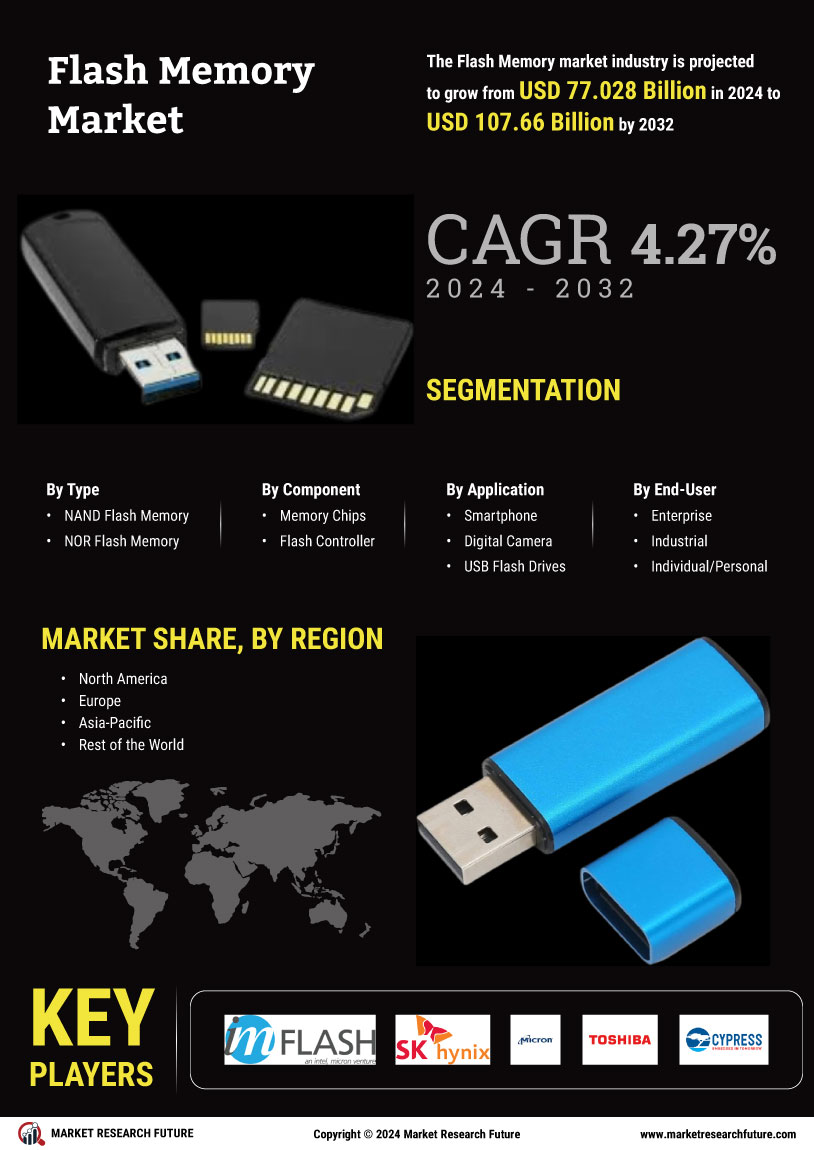
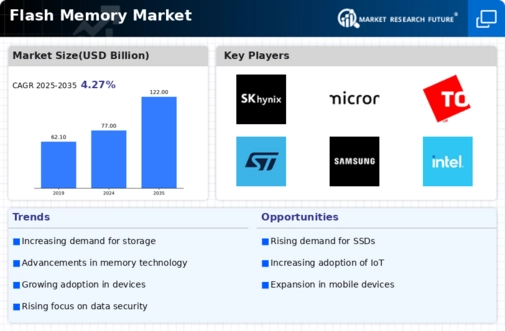
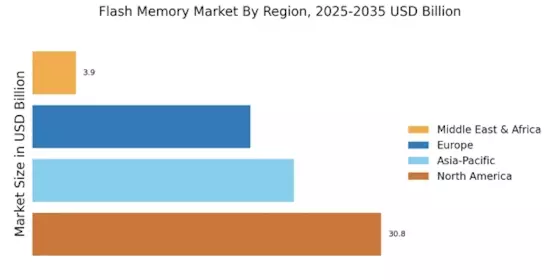
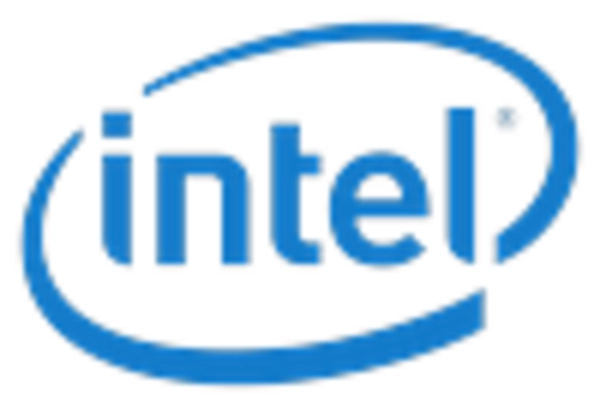

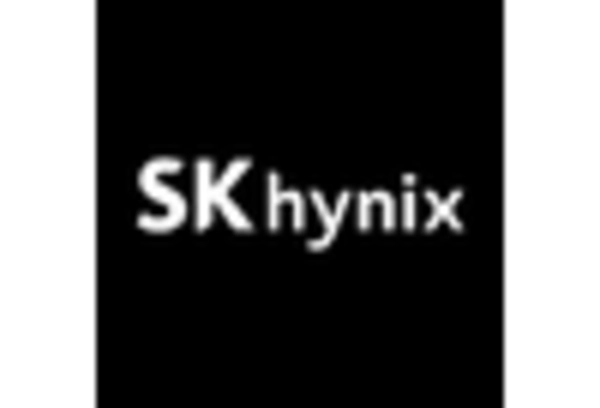


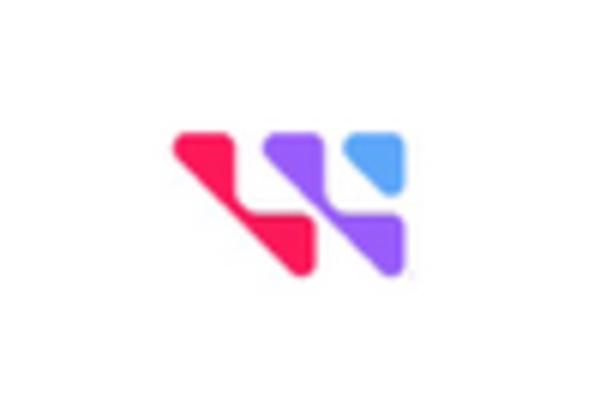








Leave a Comment